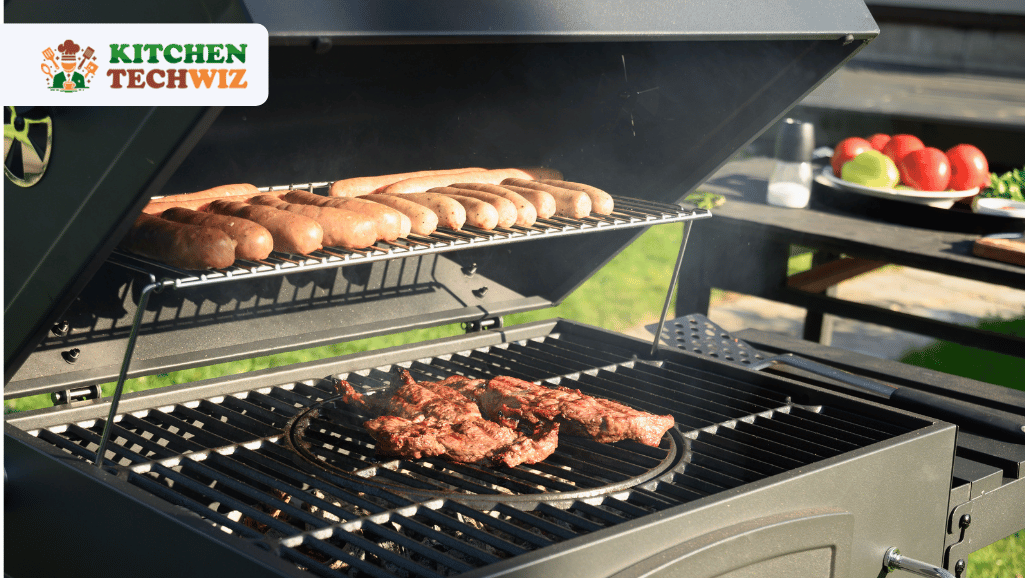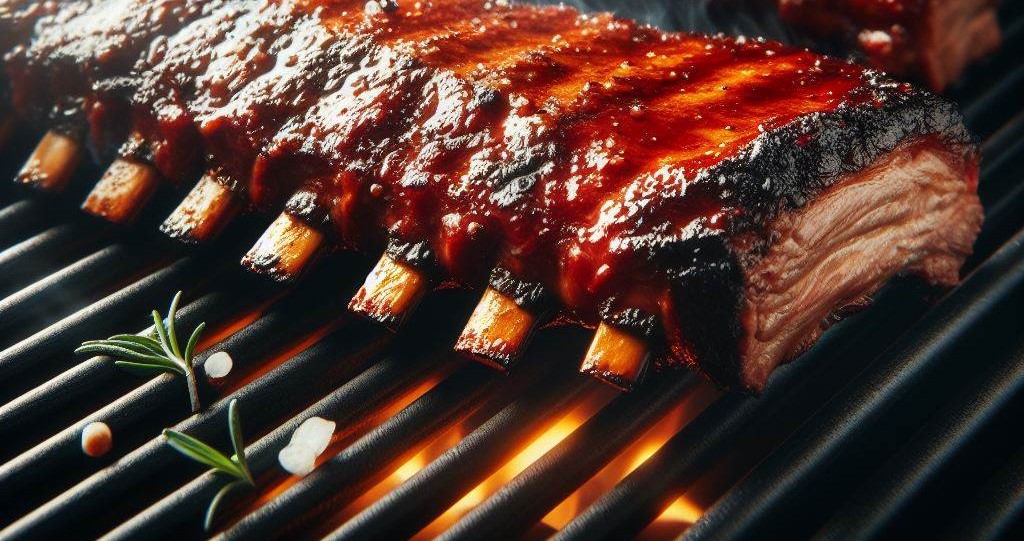When it comes to cooking a turkey, the methods of roasting and baking are often at the center of the debate. Understanding the key differences between these two cooking techniques is essential for making an informed decision on how to prepare your Thanksgiving centerpiece.
Roasting typically involves cooking meat, such as turkey, uncovered in a dry heat environment, allowing the exterior to caramelize and develop a flavorful crust. On the other hand, baking usually refers to cooking food in an enclosed space, such as an oven, with the aid of surrounding dry heat.
The choice between roasting and baking can significantly impact the flavor and texture of the turkey. Roasting tends to result in a crispy, golden-brown skin and juicy, tender meat. Baking, on the other hand, may yield a more even and gentle cooking process, which can be beneficial for achieving a consistent texture throughout the turkey.
Pros and Cons of Using a Roaster for Turkey
Advantages of using a roaster
- Even cooking: A roaster, such as an Electric Turkey Roaster, provides a consistent heat source that envelops the turkey, resulting in even cooking throughout.
- Moisture retention: The enclosed environment of a roaster helps to trap moisture, keeping the turkey succulent and preventing it from drying out.
- Space-saving: Roasters are designed to accommodate large poultry, making them a convenient option for cooking a turkey without taking up valuable oven space.
Read: How to Use an Electric Turkey Roaster: Recipes, Advice & FAQs
Limitations of using a roaster
- Limited browning: While roasters can produce moist and tender meat, they may not achieve the same level of browning and crisping as an oven.
- Lack of versatility: Roasters are specifically designed for cooking poultry and may not be suitable for other dishes, limiting their overall utility in the kitchen.
Pros and Cons of Using an Oven for Turkey
Advantages of using an oven
- Versatility: Ovens offer the flexibility to cook a wide range of dishes, making them a versatile option for holiday meal preparation.
- Browning capability: Ovens can produce beautifully browned and crispy skin on the turkey, enhancing its visual appeal and flavor profile.
Limitations of using an oven
- Uneven cooking: Traditional ovens may have hot spots that can lead to uneven cooking, requiring careful monitoring and rotation of the turkey.
- Drying potential: Without proper monitoring and basting, the turkey cooked in an oven may be prone to drying out, especially the breast meat.
Looking for: Best Electric Turkey Roaster in 2024 [With Buyer’s Guide]
Roaster vs Oven for Turkey: Factors to Consider
When deciding between a roaster and an oven for cooking your turkey, several factors should be taken into account:
Size and capacity of the cooking equipment
Consider the size of your turkey and the capacity of the cooking equipment. A large turkey may not fit in a standard roaster, but it can easily be accommodated in a spacious oven.
Cooking time and temperature control
Roasters often provide precise temperature control and shorter cooking times, while ovens may require more monitoring and adjustment to achieve the desired results.
Desired flavor and texture of the turkey
Think about the flavor and texture you want to achieve. If you prefer a moist and evenly cooked turkey with limited browning, a roaster may be the better choice. For a beautifully browned and crispy turkey with a more hands-on cooking approach, an oven could be the ideal option.
Hope you like Best Electric Turkey Roaster in 2024 [With Buyer’s Guide]
Tips for Cooking the Perfect Turkey Using a Roaster or Oven
Regardless of the cooking method you choose, there are some universal tips for preparing a mouthwatering turkey:
Preparing the turkey for cooking
Thaw the turkey completely, remove the giblets, and pat it dry before seasoning. Trussing the turkey can help it cook more evenly and maintain its shape.
Seasoning and flavoring options
Experiment with different seasoning blends, herb rubs, and marinades to infuse the turkey with delicious flavors. Consider using aromatics such as onions, garlic, and citrus fruits to enhance the aroma and taste of the turkey.
Monitoring the cooking process for optimal results
Use a meat thermometer to ensure the turkey reaches the recommended internal temperature for safe consumption. Baste the turkey periodically to keep it moist and flavorful throughout the cooking process.
In conclusion, the choice between a roaster and an oven for cooking a turkey ultimately depends on your preferences, cooking style, and available equipment. By considering the pros and cons of each method and taking into account key factors such as size, cooking time, and desired flavor, you can make an informed decision that will result in a delectable turkey for your Thanksgiving feast.



![16 Best Tabletop Propane Gas Grills 2024: [Also Charcoal & Electric]](https://kitchentechwiz.com/wp-content/uploads/2021/04/Best-Tabletop-Propane-Grill-1.jpg)

Leave a Reply